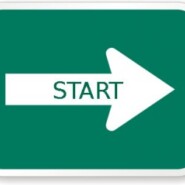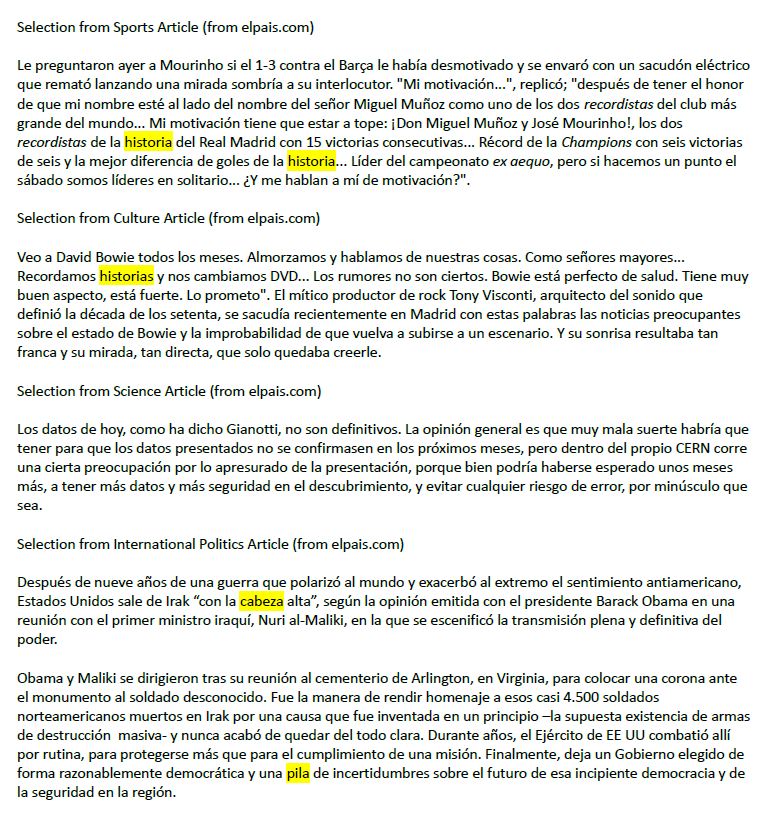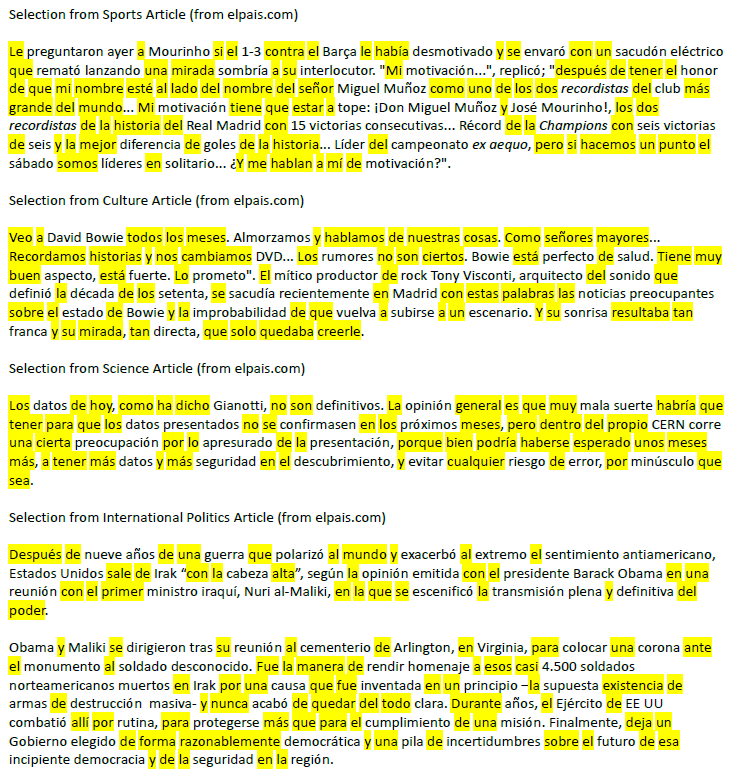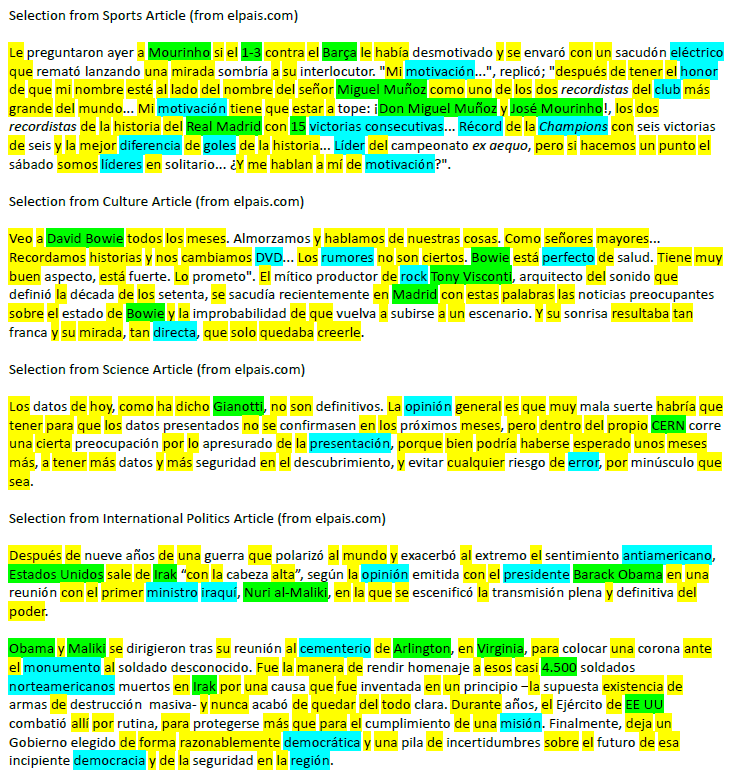
It’s very common to hear somebody say something like “I took Spanish in school, but…” and then proceed to explain how their Spanish language skills are pathetic. How could spending years of time and effort in Spanish classes yield such poor results? The main reason is simple: they learned the wrong words.
To prove this, we offer the following example.
A high-profile and typical language learning company produced a list of 250 Spanish words that they called “Common Vocabulary Words”. We compared it with top 250 words from our high-frequency Spanish words list.
Here are the results.
The two images above contain the same text. The text was taken randomly from four different articles in a prestigious Spanish language newspaper. Specifically, the text was taken from articles in the sports section (about soccer), the culture section (about a musician), the science section (about the premier nuclear test facility in Europe), and the international politics section (about US involvement and withdrawal from Iraq).
So what is the highlighting all about? This is where it gets interesting. Every word from the typical “Common Vocabulary Words” list is highlighted in the first image, and every word from our high-frequency word list is highlighted in the second.
This example uses only 250 words! But it gets even better.
The image below has additional highlights for names of people and places [green] and for cognates (words that are spelled exactly the same or very close in English) [blue].
In case it isn’t clear now, I’ll just say it. A high-frequency word list is the best foundational tool for language learning. Period.
It takes time and effort to learn new words. If you spend your time and effort wisely, you can learn the 1% of words that you will run into no matter what your interests are. Language Possible courses are designed to teach that 1% of words first so that you can really enjoy the world that learning a new language will open for you.



